Orígens del concepte d’indistingibilitat quàntica en l’estadística de Fermi-Dirac
Department/Institute
Universitat de Barcelona. Facultat de Física
Doctorate programs
Física
Abstract
[cat] Entre el 1924 i el 1927 a través de la mecànica quàntica va començar a entreveure’s la idea de que alguns sistemes estaven formats pel que avui dia anomenem “partícules indistingibles”. Aquesta nova percepció de la identitat de les partícules, capgiraria la manera de concebre la naturalesa i la interacció en els sistemes formats per elements idèntics. Amb el naixement de la mecànica quàntica i els diferents descobriments de la física a l’inici del segle XX, l’estadística de Maxwell-Boltzmann ja no respon totes les preguntes que planteja la física. Al llarg dels diferents capítols veurem com neix l’estadística quàntica de Fermi-Dirac i, amb ella, la percepció de la idea d’indistingibilitat i també com evoluciona aquest concepte. Es vol entendre quin és el context científic amb el que s’arriba als anys 1924-1927, per tal d’explicar què va portar a Fermi a desenvolupar una nova estadística quàntica, anomenada actualment estadística de Fermi-Dirac, diferent a la que havien desenvolupat Bose i Einstein dos anys abans i amb un mètode totalment diferenciat (tot i que paral·lel en el temps) al que farà anar Dirac. Estudiarem també els treballs que publica Heisenberg durant aquells anys i analitzarem quin paper van jugar en el desenvolupament de les estadístiques quàntiques. Addicionalment, veurem que el mètode de Dirac, per la seva banda, vindrà marcat per la formulació, entre el 1925 i el 1926, de la nova mecànica quàntica o mecànica matricial per part de Born, Heisenberg i Jordan.
[eng] Between 1924 and 1927, through quantum mechanics, the idea began to emerge that some systems were composed of what we now call “indistinguishable particles”. This new conception of the particles’ identity, would revolutionize the way we conceive nature and the interaction interaction in systems formed by identical elements. With the birth of Quantum Mechanics and the various discoveries in physics at the beginning of the 20th century, Maxwell-Boltzmann statistics no longer answer all the questions posed by physics. Throughout the different chapters, we will see the birth of quantum statistics and, with it, the perception of the idea of indistinguishability, as well as how this concept evolves in the hands of the famous minds of the time. It also aims to understand the scientific context leading up to the years 1924-1927, in order to explain what led Fermi to develop a new quantum statistics, now called Fermi-Dirac statistics, different from what Bose and Einstein had developed two years earlier, with a completely differentiated method (although parallel in time) from what Dirac would develop. We will also study the works published by Heisenberg during those years and analyze the role they played in the development of quantum statistics. Additionally, we will see that Dirac’s method, on the other hand, will be influenced by the formulation of the new quantum mechanics or matrix mechanics developed between 1925 and 1926 by Born, Heisenberg and Jordan.
Keywords
Història de la física; Historia de la física; History of physics; Mecànica estadística; Mecánica estadística; Statistical mechanics; Teoria quàntica; Teoría cuántica; Quantum theory; Matrius (Matemàtica); Matrices (Matemáticas); Matrices; Estadística quàntica; Estadística cuántica; Quantum statistics; Fermi, Enrico, 1901-1954; Heisenberg, Werner, 1901-1976; Dirac, P. A. M. (Paul Adrien Maurice), 1902-1984
Subjects
538.9 - Condensed matter physics
Knowledge Area
Ciències Experimentals i Matemàtiques
Rights
This item appears in the following Collection(s)
Facultat de Física [203]



